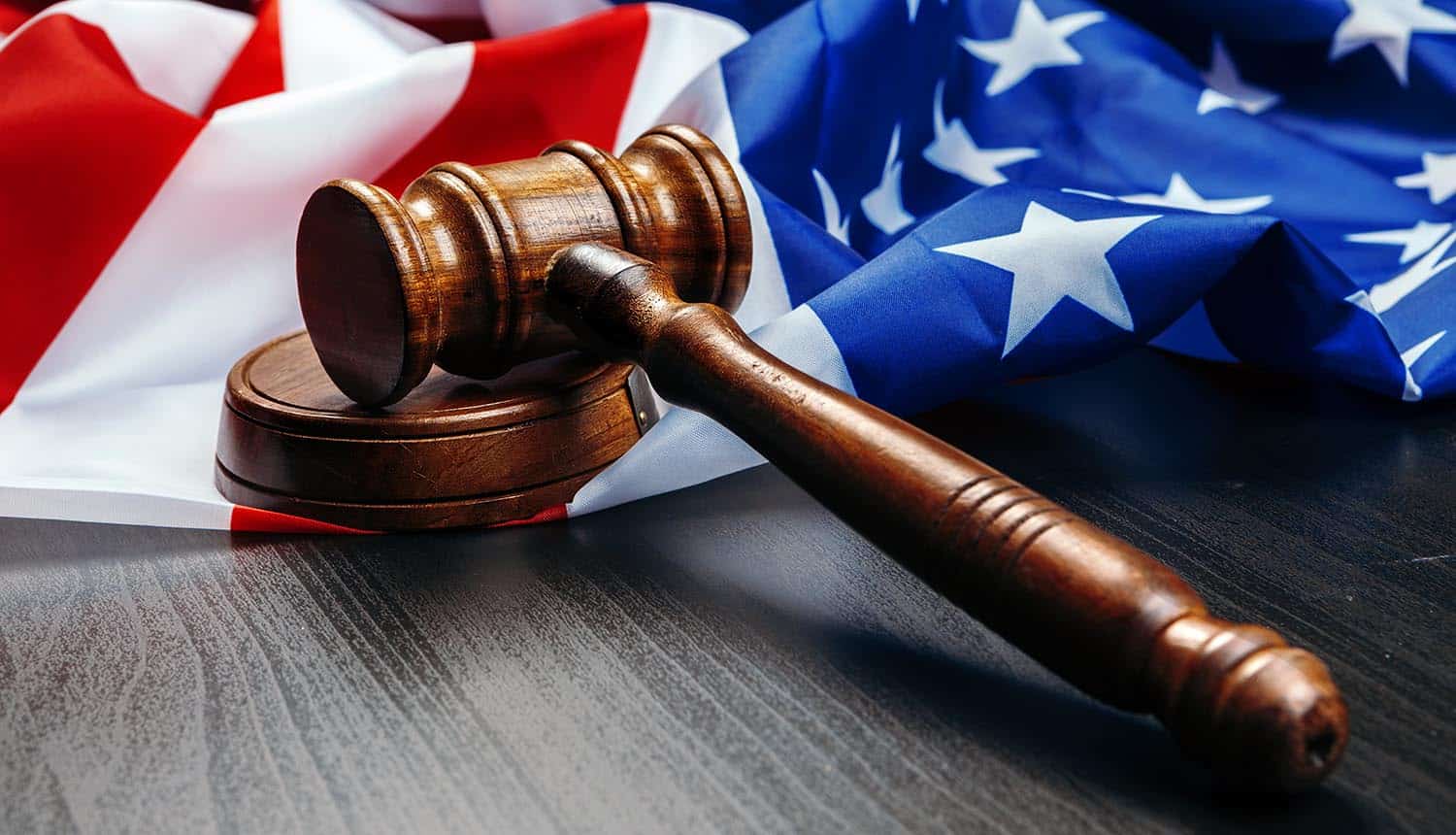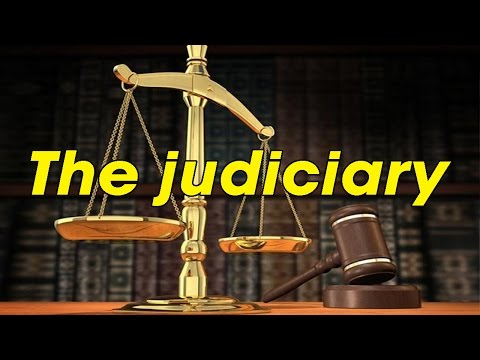
Introduction
The legal system of the United States is one of the most complex and comprehensive in the world, built on centuries of jurisprudence and influenced by the country’s history, culture, and Constitution. Understanding its foundational principles is essential for anyone studying or practicing law within the U.S. or dealing with its legal system from abroad. This article explores fundamental topics in U.S. law, including the Constitution, the separation of powers, federalism, the judiciary, and significant areas of substantive and procedural law.
The U.S. Constitution
The U.S. Constitution is the supreme law of the land and serves as the foundation for all other laws and legal principles in the United States. Ratified in 1788, it establishes the framework for the federal government and delineates the powers of the three branches—legislative, executive, and judicial.
- Bill of Rights: The first ten amendments to the Constitution guarantee fundamental rights such as freedom of speech, religion, and the press, as well as protections against unreasonable searches and seizures and the right to a fair trial.
- Amendments: The Constitution has been amended 27 times to address evolving societal needs, including the abolition of slavery (13th Amendment), the establishment of equal protection under the law (14th Amendment), and the extension of voting rights to women (19th Amendment).
- Judicial Review: The Constitution grants the judiciary the power to interpret laws and determine their constitutionality, as established in the landmark case Marbury v. Madison (1803).
Separation of Powers
The U.S. government operates under a system of checks and balances, ensuring that no single branch becomes too powerful. This principle of separation of powers is a cornerstone of the American legal framework.
- Legislative Branch: Congress, composed of the Senate and the House of Representatives, is responsible for making laws. It also has the power to declare war, approve treaties, and control government spending.
- Executive Branch: The President, as the head of state and government, enforces laws, oversees the military as Commander-in-Chief, and conducts foreign affairs.
- Judicial Branch: The judiciary, led by the Supreme Court, interprets laws and resolves disputes. Federal judges are appointed for life, ensuring independence from political pressures.
Federalism
Federalism is the division of powers between the federal government and the states. This system allows for a balance of power and accommodates the diverse needs of a large and varied nation.
- Enumerated Powers: The Constitution grants specific powers to the federal government, such as regulating interstate commerce, coining money, and conducting foreign relations.
- Reserved Powers: Powers not explicitly delegated to the federal government are reserved for the states, including authority over education, local law enforcement, and public health.
- Concurrent Powers: Some powers, such as taxation and infrastructure development, are shared by both state and federal governments.
The Judiciary
The U.S. judiciary is a hierarchical system of courts with the Supreme Court at its apex. The judicial system ensures the rule of law and protects individual rights through impartial adjudication.
- Federal Courts: Federal courts handle cases involving federal law, constitutional issues, and disputes between states or parties from different states. The system includes district courts, appellate courts, and the Supreme Court.
- State Courts: State courts address matters under state laws, including family law, criminal cases, and civil disputes. Each state has its own court system, which may include specialized courts like probate or juvenile courts.
- Judicial Independence: Judges in the federal system are appointed for life, providing stability and reducing the influence of politics on legal decisions.

Substantive Law
Substantive law defines the rights and duties of individuals and entities. It encompasses various areas of law, including constitutional law, criminal law, and civil law.
- Constitutional Law: This area involves the interpretation and application of the Constitution, particularly in cases involving civil liberties and the balance of governmental powers.
- Criminal Law: Criminal law addresses offenses against society, prescribing punishments for crimes such as theft, assault, and murder. Key principles include the presumption of innocence and the right to due process.
- Civil Law: Civil law governs disputes between individuals or entities, covering issues like contracts, torts, property, and family law. Remedies typically involve monetary compensation or equitable relief.
Procedural Law
Procedural law establishes the rules for enforcing substantive rights through the legal system. It ensures fairness and consistency in legal proceedings.
- Civil Procedure: Civil procedure governs the process for resolving non-criminal disputes, including filing lawsuits, conducting discovery, and presenting cases in court.
- Criminal Procedure: Criminal procedure outlines the steps for prosecuting criminal cases, from investigation and arrest to trial and sentencing. It includes protections like the right to counsel and protection against self-incrimination.
- Rules of Evidence: These rules dictate what evidence is admissible in court, ensuring that trials are based on reliable and relevant information.
Key Legal Doctrines and Principles
Several overarching doctrines and principles shape U.S. law and legal practice.
- Precedent and Stare Decisis: Courts follow established precedents to ensure consistency and predictability in the law. However, higher courts may overturn precedents to adapt to societal changes.
- Equal Protection: The 14th Amendment mandates that all individuals receive equal protection under the law, prohibiting discrimination by the government.
- Due Process: The Constitution guarantees procedural and substantive due process, safeguarding individuals from arbitrary actions by the government.
Emerging Issues in U.S. Law
As society evolves, the legal system must address new challenges and developments.
- Technology and Privacy: Advances in technology have raised questions about data privacy, cybersecurity, and the regulation of artificial intelligence.
- Environmental Law: Climate change and environmental degradation have spurred legal debates over regulatory policies and corporate accountability.
- Social Justice: Issues like police reform, voting rights, and income inequality remain central to legal and political discourse.
Conclusion
The U.S. legal system is a dynamic and multifaceted framework that balances tradition with adaptability. Its principles of constitutional supremacy, separation of powers, federalism, and the rule of law underpin a society committed to justice and equality. Understanding these fundamental topics provides valuable insight into how law shapes and reflects the American way of life.